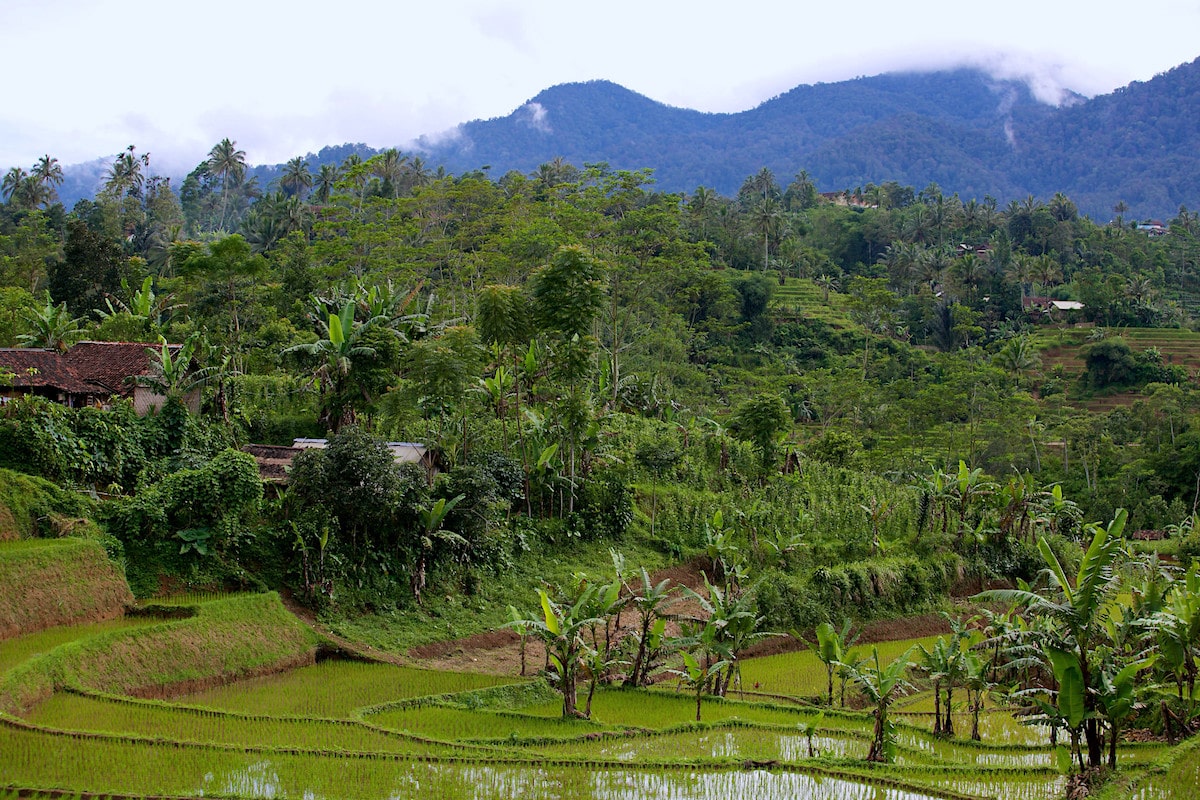Biodiversity in EU agricultural landscapes goes from science to strategy
- From
-
Published on
23.07.21
- Impact Area

Biodiversity is a vital factor in agricultural landscapes, with an importance that cuts across the environment, the climate, human livelihoods and nutrition. Yet governments and institutions still struggle to recognize this importance in concrete ways, with concrete strategies. In 2020, the European Union (EU) took a historic step with two of its Green Deal strategies. The EU Farm to Fork Strategy and Biodiversity Strategy for 2030 propose that 10% of EU agricultural landscapes should be managed for the conservation of natural and semi-natural habitats.
Scientists from the CGIAR Research Program on Water, Land and Ecosystems (WLE) contributed significantly to this proposal. They have conducted years of background research on the biodiversity needed for sustainable functioning of agricultural landscapes, including the semi-natural habitats that sit, often overlooked, on the…
![]()
Photo Credit: Mokhamad Edliadi/CIFOR
Related news
-

Shaping policy changes for a sustainable cropping system in Uttar Pradesh, India
International Rice Research Institute (IRRI)03.07.25-
Food security
by Dr. Proloy Deb and Dr. Swatantra Dubey The Central Plain region of Uttar Pradesh…
Read more -
-

KOICA, UPLB, IRRI Partnership Establishes a Genomic Powerhouse to Future-Proof Agriculture
International Rice Research Institute (IRRI)01.07.25-
Food security
LOS BAÑOS, Philippines (26 June 2026) — KOICA, UPLB, and IRRI came together to showcase…
Read more -
-

A Quest for Market- and Farmer-Aligned Rice Varieties in Mozambique
International Rice Research Institute (IRRI)01.07.25-
Food security
Quelimane, Mozambique (11 June 2025) — Mozambique is taking steps toward a more market-responsive …
Read more -
